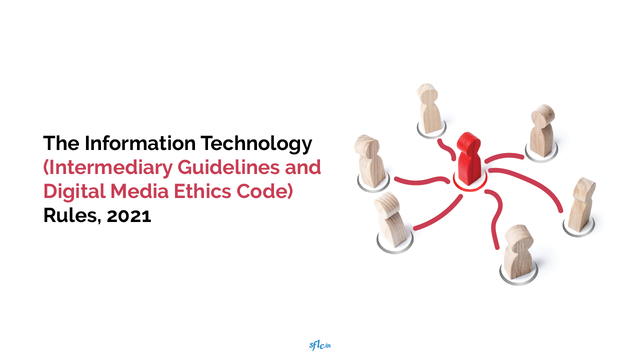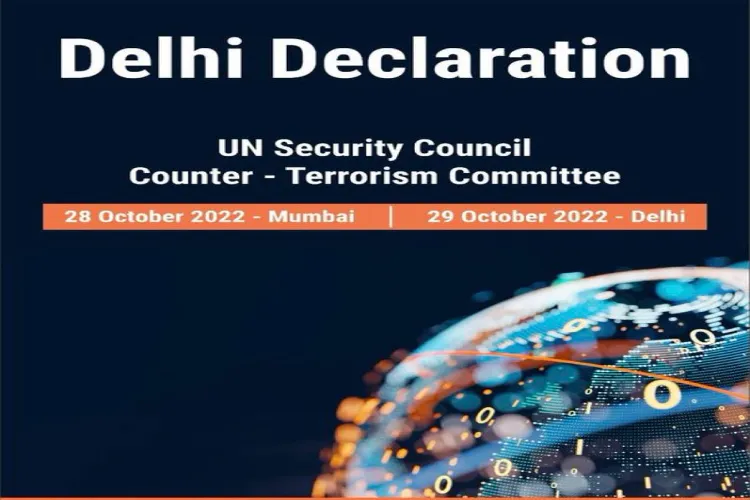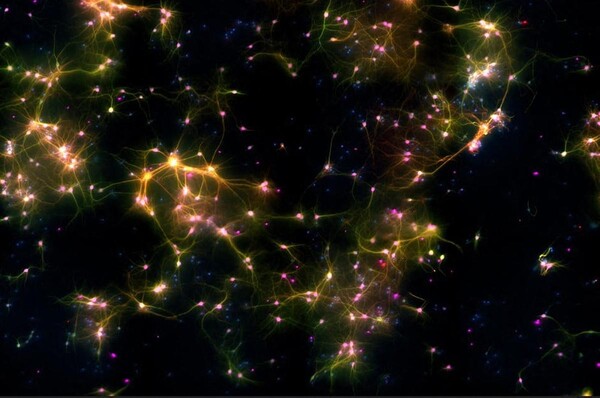India-Mozambique-Tanzania Trilateral Exercise (IMT TRILAT) (GS Paper 2, International Relation)

Why in news?
- Recently, the first edition of India-Mozambique-Tanzania Trilateral Exercise (IMT TRILAT), a joint maritime exercise among the Indian, Mozambique and Tanzanian navies held at Dar Es Salaam, Tanzania.
Objectives
The exercise has three broad objectives:
- capability development to address common threats through training and sharing of best practices,
- enhancing interoperability, and
- strengthening maritime cooperation.
Two phases:
- The exercise includes harbour and sea phases.
- As part of the harbour phase, capability building activities such as Visit, Board, Search and Seizure; small arms training; joint diving operations; damage control and fire fighting exercises; and cross deck visits are scheduled.
- The sea phase include boat operations, fleet manoeuvres, Visit, Board, Search and Seizure operations, helicopter operations, small arms firing, formation anchoring and EEZ patrols.
Way Forward:
- These exercises reflect India's and the Indian Navy's commitment to enhancing maritime security and cooperation with maritime neighbours in the Indian Ocean Region and promoting SAGAR, Safety and Growth for All in the Region.
Government notifies Amendments to the Information Technology (Intermediary Guidelines and Digital Media Ethics Code) Rules 2021
(GS Paper 2, Governance)
Why in news?
- Recently, the Ministry of Electronics & IT notified the amendments to the IT intermediary Rules 2021.
- In a major push towards an Open, Safe & Trusted and Accountable Internet, the Ministry notified these amendments aimed at protecting the rights of Digital Nagriks.

Key changes effected in the rules are as under:
- Currently, intermediaries are only required to inform users about not uploading certain categories of harmful/unlawful content. These amendments impose a legal obligation on intermediaries to take reasonable efforts to prevent users from uploading such content. The new provision will ensure that the intermediary’s obligation is not a mere formality.
- For effective communication of the rules and regulations of the intermediary, it is important that the communication is done in regional Indian languages as well.
- The grounds in rule 3(1)(b)(ii) have been rationalized by removing the words ‘defamatory’ and ‘libellous’. Whether any content is defamatory or libellous will be determined through judicial review.
- Some of the content categories in rule 3(1)(b) have been rephrased to deal particularly with misinformation, and content that could incite violence between different religious/caste groups.
- The amendment requires intermediaries to respect the rights guaranteed to users under the Constitution, including a reasonable expectation of due diligence, privacy and transparency.
- Grievance Appellate Committee(s) will be established to allow users to appeal against the inaction of, or decisions taken by intermediaries on user complaints. However, users will always have the right to approach courts for any remedy.
Significance:
- It enhances due diligence requirements and ensuring accountability of social media and other intermediaries.
- They have been notified against the backdrop of complaints regarding the action/inaction on the part of the intermediaries on user grievances regarding objectionable content or suspension of their accounts.
- The intermediaries now will be expected to ensure that there is no uploading of content that intentionally communicates any misinformation or information that is patently false or untrue hence entrusting an important responsibility on intermediaries.
- The rules have made it explicit for the intermediary to respect the rights accorded to the citizens of India under the Articles 14, 19 and 21 of the Indian Constitution.
Delhi Declaration at UN counter-terror meet
(GS Paper 3, Internal Security)
Why in news?
- The United Nations Security Council Counter-Terrorism Committee recently unanimously adopted the Delhi Declaration, focusing on countering the use of new and emerging technologies for terrorist purposes.
- It reaffirmed that terrorism in all forms and manifestations constitutes one of the most serious threats to international peace and security.

Background:
- Earlier, Defence Research and Development Organisation (DRDO) with its vision and new role towards nation-building has recently entered into a Memorandum of Understanding (MOU) with six IITs including IIT Roorkee.
Key features:
- With the establishment of the Research Centre, IIT Roorkee will have improved prospects and avenues to address critical and futuristic defence technology requirements of the armed forces.
- The Facility will receive financial assistance from the DRDO, Government of India.
- The DIA-CoE IITR will facilitate and undertake multidisciplinary directed basic and applied research in the research verticals mutually identified by the DRDO and IITR.
- The Centre of Excellence (CoE) will also collaborate with the academic researchers and faculties at IIT Roorkee, startups, industries, and other institutes in the country in facilitating and progressing advanced defence technology research.
Research areas:
- Key research areas of the Centre include, Smart Infrastructure and Hardened Structures for Defence Applications, Energy Storage Devices, Landslide, Snow, and Avalanche Studies, Pulsed Laser and Specialty Fiber, Shock and Detonics, Thermal Management.
- The DIA-CoE IITR will enable collaborative research on these themes of verticals, which would lead to the development of new technologies for cutting-edge future defence systems as per the research and technology roadmap of the nation.
Effects of neural precursor cells’ abnormal migration
(GS Paper 3, Science and Tech)
Why in news?
- Neural cells derived from patients with bipolar disorder (BD) show a difference in the way they migrate as compared to controls, finds a study.
- This difference may contribute in a fundamental way to brain tissue repair and assembly.

The neural tube:
- Brain development starts early during pregnancy. This starts with a single layer of cells that roll up to form a tube called the neural tube. The brain develops at one end of this neural tube.
- It is a process that takes up many cell divisions as well as cells migrating through large distances.
- The trajectories of migrating neural precursors lay the foundation for the developing brain. The speed and direction of migrating cells can alter the regional cellular make-up, and, therefore, the wiring of cortical areas.
- The key result of the work is that the neural precursor cells derived from stem cells from people with bipolar disorder showed a difference in the way they migrated as compared to neural precursors derived from stem cells of people without bipolar disorder (Controls).
BD and brain structure:
- Bipolar disorder is a severe disabling illness where a person’s mood, energy, activity levels and ability to carry out day-to-day acivities undergo unusual shifts over a period. The illness has a genetic basis and neurodevelopmental origin.
- Many studies have documented abnormalities in the brain structure of patients with BD.
- Some abnormalities include smaller brain size, reduced cortical grey and white matter and decreased number of interneurons in the cerebral cortex and hippocampus regions.
Conclusion:
- Systemic dysregulation may produce the aberrant cellular phenotype, which could contribute to the functional and structural changes in the brain reported for bipolar disorder.
- Roughly, this implies that if the irregularities in migration exist in the formative stage, these could form a mature brain that has the sort of abnormalities seen in people with BD.





